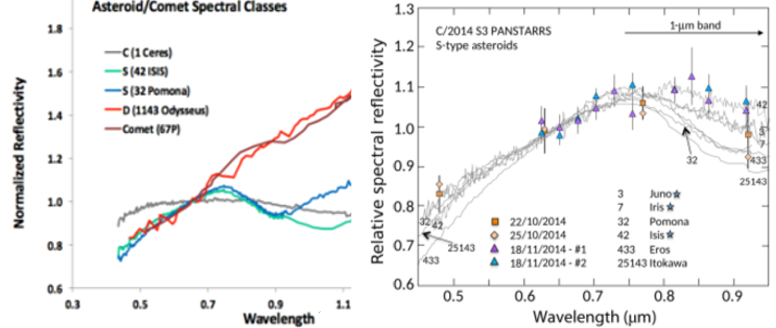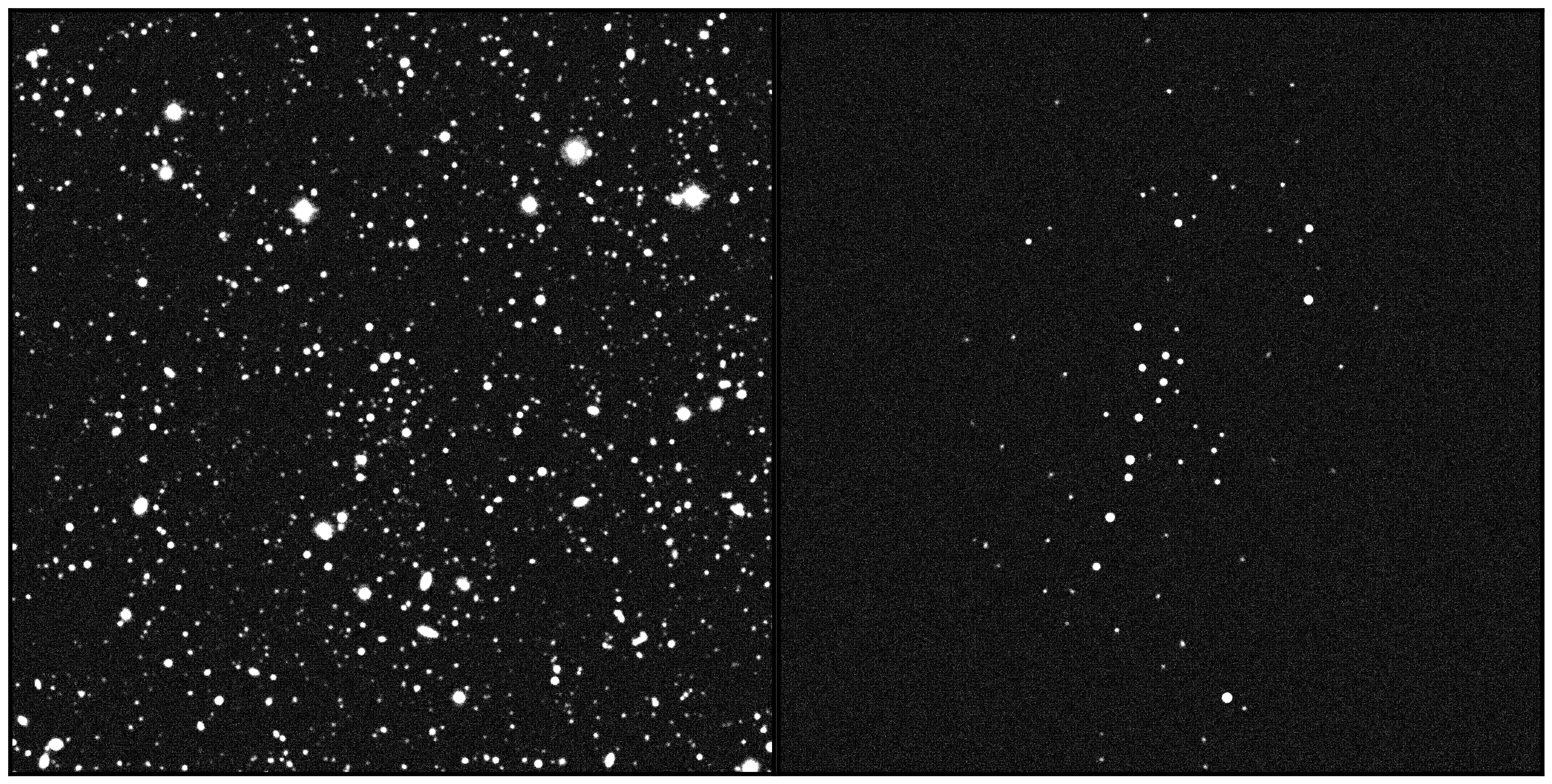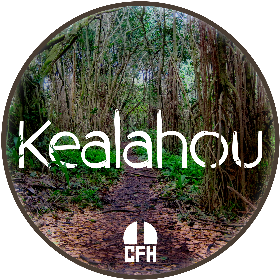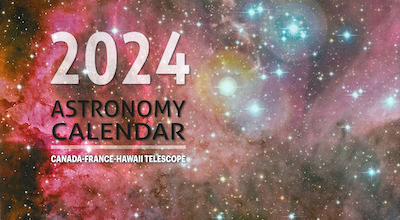Unique Fragment from Earth’s Formation Returns
after Billions of Years of Cold Storage
Tailless "Manx comet" from Oort Cloud brings clues about the origin of the Solar System
Astronomers have found a unique object that appears to be made of inner Solar System material from the time of Earth’s formation, that has been preserved in the Oort Cloud for billions of years. Observations with ESO’s Very Large Telescope, and the CFHT in Hawaii, show that C/2014 S3 (PANSTARRS) is the first object to be discovered that is on a long-period cometary orbit, but that has the characteristics of a pristine inner Solar System asteroid. It may provide important clues about how the Solar System formed.
In a paper to be published today in the journal Science Advances, lead author Karen Meech of the University of Hawai’i’s Institute of Astronomy and her colleagues conclude that C/2014 S3 was formed in the inner Solar System at the time that the Earth was forming, but was ejected at a very early stage. Their observations indicate that it is an ancient rocky body, rather than a contemporary asteroid that strayed out. As such, it is one of the potential building blocks of the rocky planets, such as the Earth, that was expelled and preserved in the deep freeze of the Oort Cloud for billions of years.
It was immediately noticed that C/2014 S3 was unusual, as it does not have the characteristic tail that most long-period comets have when they approach so close to the Sun. As a result, it has been dubbed a "Manx comet", after the tailless cat.
Observations in the days after the discovery suggested that its colors might be interesting, so follow-up multifilter observations were obtained on 22 and 24 October 2014 using CFHT, and spectra were acquired on 18 November 2014 using the Very Large Telescope (VLT) in Chile.
Careful study of the light reflected by C/2014 S3 indicates that it is typical of asteroids known as S-type, which are usually found in the inner asteroid main belt. It does not look like a typical comet, which are believed to form in the outer Solar System and are icy, rather than rocky. It appears that the material has undergone very little processing, indicating that it has been deep frozen for a very long time. The very weak comet-like activity associated with C/2014 S3, which is consistent with the sublimation of water ice, is about a million times lower than active long-period comets at a similar distance from the Sun.
The authors conclude that this object is probably made of fresh inner Solar System material that has been stored in the Oort Cloud and is now making its way back into the inner Solar System.
A number of theoretical models are able to reproduce much of the structure we see in the Solar System. An important difference between these models relates to what they predict about the objects that make up the Oort Cloud, particularly as regards the relative numbers of icy and rocky objects it contains. This first discovery of a rocky object from the Oort Cloud is therefore an important test of the different predictions of the models. The authors estimate that observations of 50–100 of these Manx comets are needed to distinguish between the current models, opening up another rich vein in the study of the origins of our Solar System.
Additional information
ESO press releaseScience paper
This research was presented in a paper entitled “Inner Solar System Material Discovered in the Oort Cloud”, by Karen Meech et al., to appear in the journal Science Advances.
The team is composed of Karen J. Meech (Institute for Astronomy, University of Hawai’i, USA), Bin Yang (ESO, Santiago, Chile), Jan Kleyna (Institute for Astronomy, University of Hawai’i, USA), Olivier R. Hainaut (ESO, Garching, Germany), Svetlana Berdyugina (Institute for Astronomy, University of Hawai’i, USA; Kiepenheuer Institut für Sonnenphysik, Freiburg, Germany), Jacqueline V. Keane (Institute for Astronomy, University of Hawai’i, USA), Marco Micheli (ESA, Frascati, Italy), Alessandro Morbidelli (Université de Nice Sophia-Antipolis, Nice, France) and Richard J. Wainscoat (Institute for Astronomy, University of Hawai’i, USA).






